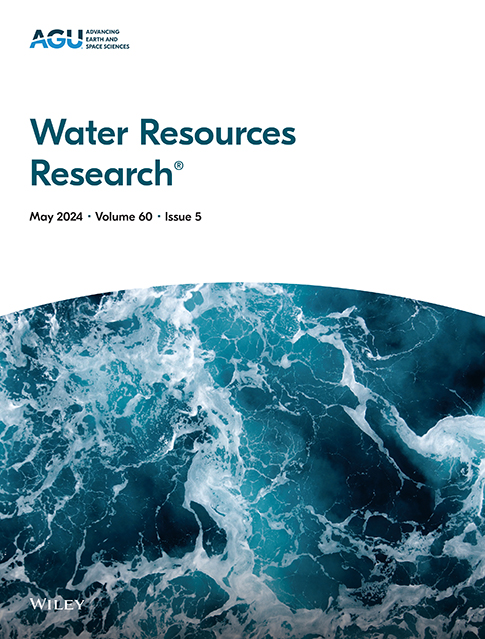探索两种湖冰热力学模型的物理性质
IF 4.6
1区 地球科学
Q2 ENVIRONMENTAL SCIENCES
引用次数: 0
摘要
热力学湖冰模型是模拟冰的形成、生长和衰变的有价值的工具。适当地应用这些模型需要对模型物理有透彻的理解。本文研究了加拿大湖冰模型(CLIMo)和高分辨率冰雪模型(HIGHTSI)两种湖冰热力学模型的物理特性,以了解冰演化模型的关键驱动因素和局限性。研究发现,模拟表面温度的冷偏性通过辐射通量和湍流通量的大小差异控制了冰演化的差异。发现简化的雪物理和降水强迫通过控制干舷来控制冰雪的模拟。破裂日期对所选的熔体反照率方案高度敏感。冻结日期由模型特定的校准或初始化程序控制。提出了改进当前模型过程的建议,以供今后发展热力学冰模型之用。本文章由计算机程序翻译,如有差异,请以英文原文为准。
Exploring the Physics of Two Thermodynamic Lake Ice Models
Thermodynamic lake ice models are valuable tools in the simulation of ice formation, growth, and decay. Appropriate application of these models necessitates a thorough understanding of model physics. Here, we examine the physics of two thermodynamic lake ice models, the Canadian Lake Ice Model (CLIMo) and the High-Resolution Snow and Ice Model (HIGHTSI), for understanding key drivers and limitations in modeling of ice evolution. A cold bias in modeled surface temperatures was found to control differences in ice evolution through differences in the magnitudes of radiative and turbulent fluxes. Simplified snow physics and precipitation forcings were found to control the simulation of snow-ice through controlling freeboard. Break-up dates were highly sensitive to the selected melt albedo scheme. Freeze-up dates were controlled by model specific calibration or initialization procedures. Recommendations for advancements to current model processes are presented for future developments to thermodynamic ice models.
求助全文
通过发布文献求助,成功后即可免费获取论文全文。
去求助
来源期刊

Water Resources Research
环境科学-湖沼学
CiteScore
8.80
自引率
13.00%
发文量
599
审稿时长
3.5 months
期刊介绍:
Water Resources Research (WRR) is an interdisciplinary journal that focuses on hydrology and water resources. It publishes original research in the natural and social sciences of water. It emphasizes the role of water in the Earth system, including physical, chemical, biological, and ecological processes in water resources research and management, including social, policy, and public health implications. It encompasses observational, experimental, theoretical, analytical, numerical, and data-driven approaches that advance the science of water and its management. Submissions are evaluated for their novelty, accuracy, significance, and broader implications of the findings.
 求助内容:
求助内容: 应助结果提醒方式:
应助结果提醒方式:


